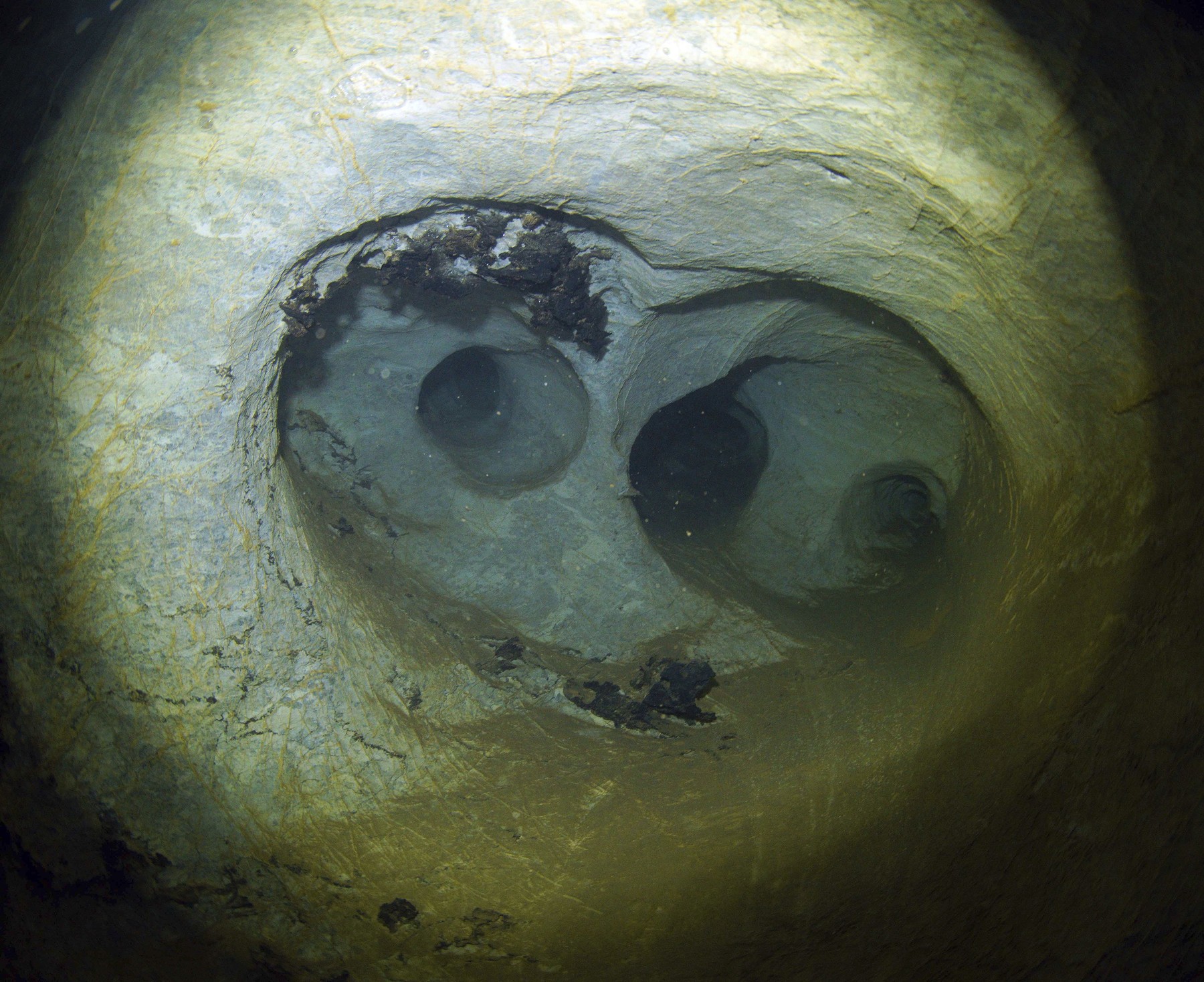According to a study published in Astrobiology, international researchers, including a research professor at the Hungarian Earth Sciences and Astronomy Research Center (CSFK) in Hungary, found that basalt lava constitutes life’s first genetic material, DNA-like ribonucleic acid. (RNA).
An abundance of this glass was present on Earth 4.35 billion years ago, and basalts of this age are still found on Mars today.
RNA molecules on basalt glass
Research led by Elisa Biondi, a molecular biologist at the Foundation for Applied Molecular Evolution (FfAME), showed that long RNA molecules from 100 to 200 nucleotides in length are formed when nucleoside triphosphates are filtered through basalt glass, which was abundantly available for 4.35 billion years are available on our planet. At that time, basalt glass was found everywhere on Earth.
In the few hundred million years after the moon’s formation, frequent collisions, along with prolific volcanic activity on the young planet, led to the formation of basalt lava, the raw material for basalt glass. Impacts helped terrestrial aquifers to retain RNA in which RNA may have formed.
The collisions also carried nickel, which the research team showed last year to form a triphosphate nucleoside from activated nucleosides and phosphates, also present in the lava glass. Borate minerals (such as borax) also aided in the formation of triphosphates from basalt. Borate also promotes the formation of ribose, the “R” member of RNA, starting with simple carbohydrates that would have been present in Earth’s early atmosphere. The borate minerals were the first to fall from the atmosphere to the surface, carrying organic minerals fixed with volcanic sulfur dioxide.
Meteorites with genetic messages
The meteorite collision was key in the journey from simple organic molecules to the first RNA. The iron-nickel core of the colliding objects altered the atmosphere in such a way that it became suitable for the formation of RNA bases. Their sequences store genetic information.
However, an important issue remains to be clarified by FfAME researcher Stephen A. Benner, and they still don’t know how all the RNA building blocks took the same general shape.
The study findings could also be a breakthrough in research for life after Mars.
According to scientists, the same minerals, spectacles and influences were present on Mars at this age. However, Mars did not suffer from continental drift and plate tectonic events that buried rocks every 4 billion years on Earth. Thus, these related rocks are found on Mars today. Recently, all rocks have been found on Mars, including borates.
If life on Earth evolved in this simple way, it could happen on Mars as well. Thus, it has become very important to search for life on Mars as quickly as possible
Stephen A. explained. Benner, according to MTI.









































